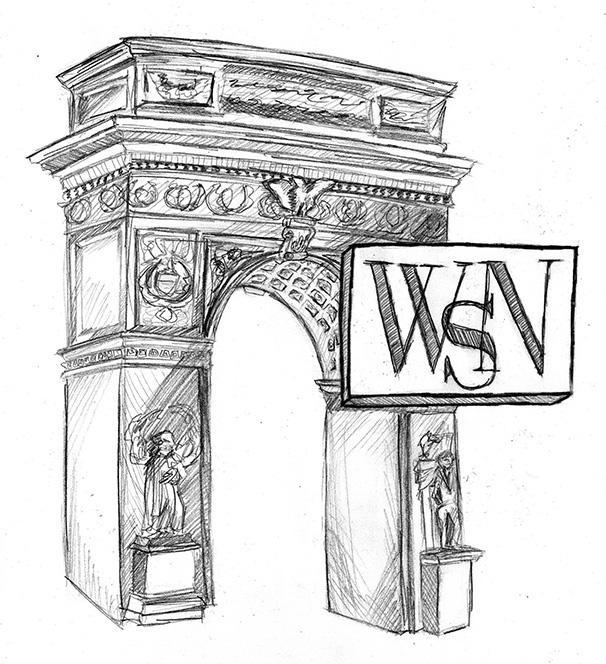Since COVID-19 shut the world down in March, millions have faced financial difficulties. The MTA is no exception. In late July, the corporation released a report projecting a $16.2 billion deficit by 2024. MTA Chair Patrick Foye called for more relief funding from the federal government, explaining that public transportation ridership had decreased by over 90% since March as many New Yorkers followed stay-at-home orders.
But instead of offering aid to prop up the public transportation system, President Donald Trump announced on Thursday a cut in Federal Emergency Management Agency funding. Without FEMA funding, New York will be forced to figure out how to cover the costs of disinfecting subways and schools — services that Trump deemed non-essential. New York City Mayor Bill de Blasio and New York State Governor Andrew Cuomo reacted strongly to these cuts and are already working with state officials to challenge Trump’s decision. If they’re unable to take action against these cuts, Trump’s choice to ignore the MTA’s financial turmoil and make public transportation even more unsafe by stripping away disinfecting funding will disproportionately impact the millions of low-income individuals who rely on public transportation to get around the city.
In 2014, the MTA reported that over half of public transportation riders had household incomes under $50,000, which was lower than the median household income in NYC at the time. The higher amount of low-income individuals utilizing public transportation was made even more apparent in the wake of COVID-19. While transit ridership in Manhattan — the borough with the highest median household income — fell by 75% in March, the Bronx — the borough with the highest poverty rate and lowest median household income — only saw a decrease in ridership by about 55% as low-income individuals’ economic situations and essential jobs did not grant them the luxury of working from home.
If the MTA does not receive federal funding soon, The Riders Alliance — an advocacy group for commuters in NYC — reports that it could be forced to shut down half of all subway lines, provide only local service or eliminate commuter lines in order to continue operating. These cuts would mean that riders in already difficult-to-reach neighborhoods such as Red Hook, Flushing and Riverdale will be isolated even more. Line closures would also mean that car traffic would increase, which will inevitably lead to more air pollution, slower emergency response times and more traffic accidents. While wealthier New Yorkers can afford to find alternatives to public transportation such as their own cars, rideshare services or Citibike, the millions of low-income individuals who cannot afford these expensive options will be left with no choice but to crowd onto public transportation that will be even less accessible and more dangerous than it is now.
Additionally, without money to thoroughly disinfect public transit and the pandemic raging on, New Yorkers who are already forced to risk their health by using public transportation will become even more unsafe. Not only will poor individuals be cut off from the affordable transportation needed to navigate the city, the little options they’ll be left with will likely no longer be cleaned regularly. This forces them to choose between not being able to pay rent and buy food, or enduring even longer commutes and putting their health and that of their families at significant risk during a global health crisis.
This crisis is not just disproportionately affecting low-income communities, but marginalized communities as well. In 2016, Pew Research found that regular public transportation riders were more likely to identify as Black, Hispanic or immigrants than white. If the MTA is forced to cut transit lines and cannot afford to keep public transit adequately cleaned, communities that are already being disproportionately affected by COVID-19 and systemic inequality will be even more susceptible to contracting the virus, while losing out on job opportunities due to less transit access.
The MTA has long faced financial difficulties. It remains the largest transit network in North America. The importance of this transit system can’t be overstated, and serious government intervention has been needed for a long time. In fact, the loss of revenue in the face of this pandemic is even more than the loss during the Great Depression. However, the Trump administration has decided to pursue a reckless decision that will dramatically worsen the lives of those who depend on the MTA and the MTA’s already perilous financial situation as a whole. While it is promising that de Blasio and Cuomo are pushing back against Trump’s decision to cut funding for the MTA, the fact that Trump chose to cut funding in the first place only comes to represent the consequences of a ruthless ideological political agenda that prioritizes the wealthy instead of the livelihood and health of low-income individuals.
A version of this article appeared in the Tuesday, September 8, 2020 e-print edition. Email the Editorial Board at [email protected].























































































































































